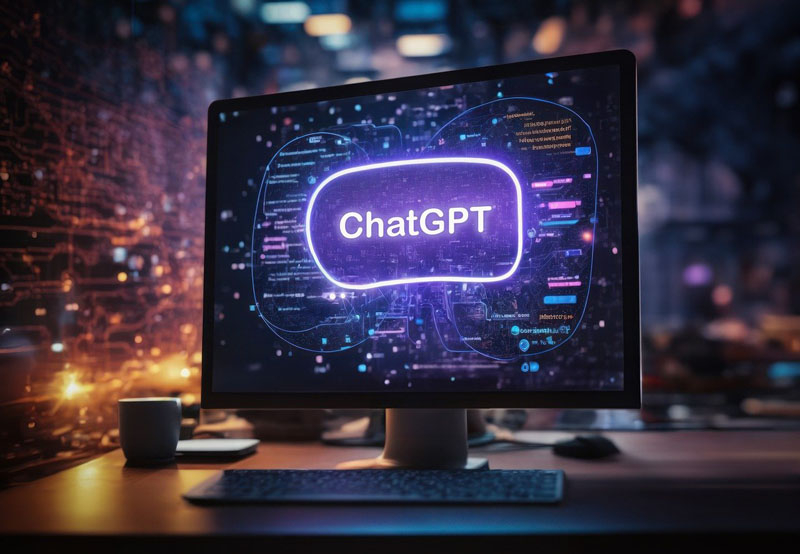Apple and Nvidia recently announced plans to join Microsoft as investors in OpenAI, the developer of the generative AI chatbot ChatGPT. The Wall Street Journal (WSJ), which reported the news, warned of the risks of the investment as OpenAI faces tougher competition than ever in the AI market.

Image source: Franz26/Pixabay
According to the WSJ, the threat comes from other startups offering services at lower prices, as well as their own AI models that are more effective at solving narrower problems.
In particular, Meta
In contrast, OpenAI charges end users and companies for access to its most powerful AI models. Many experts believe that users will eventually rely on different AI models – some from closed-source software providers such as OpenAI, others from open-source models from competitors championed by Zuckerberg.
Meanwhile, open source AI is already catching up to the performance of early adopters in the AI market, especially in everyday business applications that require consistent performance and low costs.
Meta
For many everyday purposes, AI models trained to perform only certain tasks will be better and cheaper to use, according to Julien Launay, head of startup Adaptive ML. The startup Adaptive ML uses Llama’s model to train small, custom AI models for companies. They’re much easier to set up than giant, proprietary AIs like ChatGPT, Lone says. And the number of users of such models is growing. For example, companies such as DoorDash, Shopify, Goldman Sachs and Zoom have said they are using open-source AI for tasks ranging from customer service to meeting debriefing.
Another example is Procore Technologies, a developer of a platform for managing complex construction projects. Earlier this year, Procore launched features using large language models for the first time, relying on OpenAI’s ChatGPT accessed through the Microsoft cloud platform. Procore then created software that makes it easy to use virtually any AI throughout its system. And the need for the ChatGPT OpenAI service disappeared.
In cases like these, customer retention can be a challenge for OpenAI. Most companies don’t want to be locked into one AI vendor, and at least for now, switching between AI service providers is easy. This makes OpenAI’s AI models competitors to AI solutions that the startup’s clients can now develop on their own.
In turn, the OpenAI representative expressed the opinion that competition from open source AI increases the number of specialists who know how to use AI, which also leads to an increase in demand for OpenAI services.
When the question concerns security issues, opinions also differ sharply. Proponents of closed systems say they have the resources and controls to help prevent misuse of the technology, and that open-source tools can be exploited by bad actors. In turn, proponents of open source solutions argue that their systems make it easier to detect problems and deal with unintentional harm that would be difficult to detect in closed systems because they are open to public scrutiny.